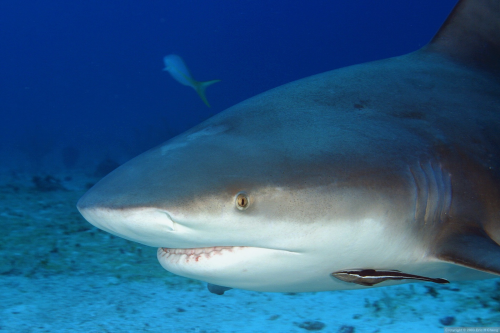
Polar bears live in one of the coldest environments in the world. To stay warm, they have a thick coat of insulated fur that covers a layer of fat. They even have fur on the bottom of their paws to help them grip on ice. While their coat is white to provide them camouflage against the surrounding snow, they actually have black skin to help them attract the sun's rays.



















